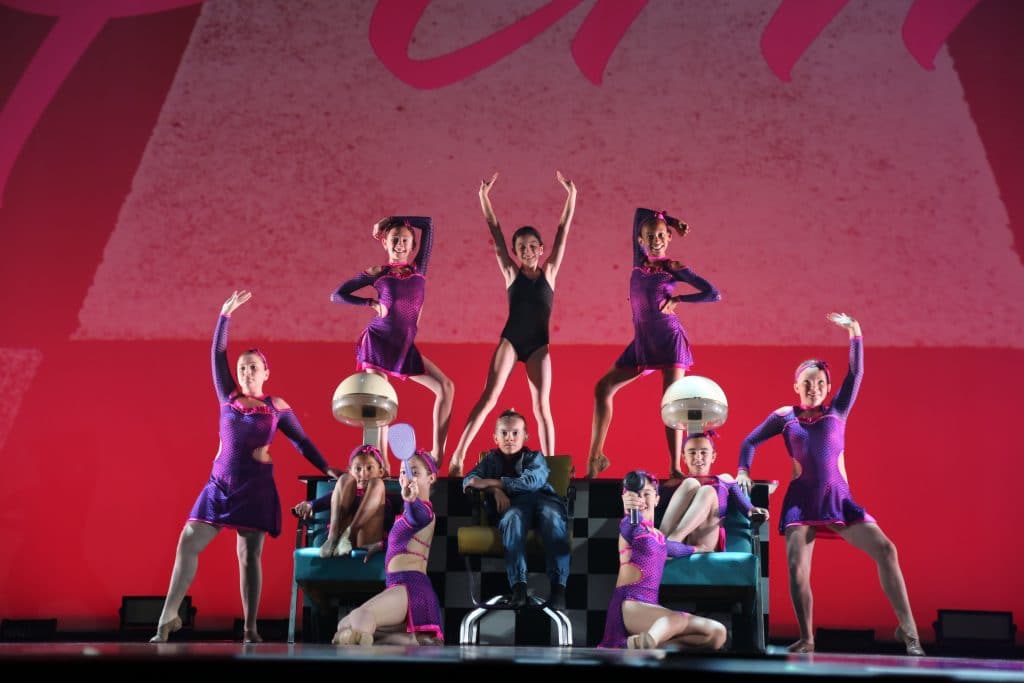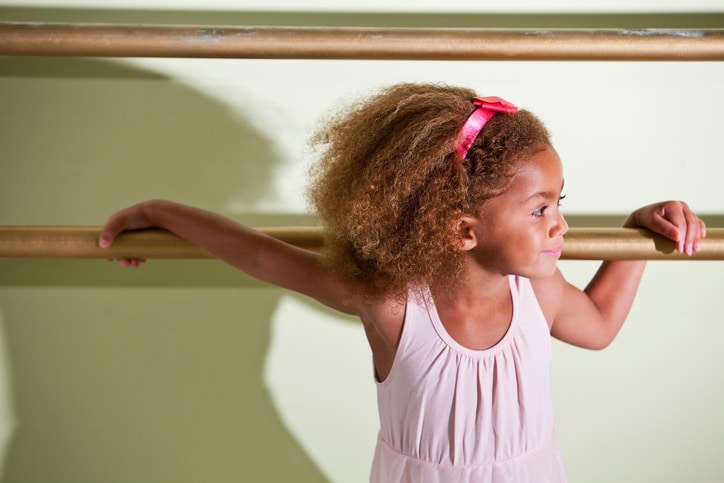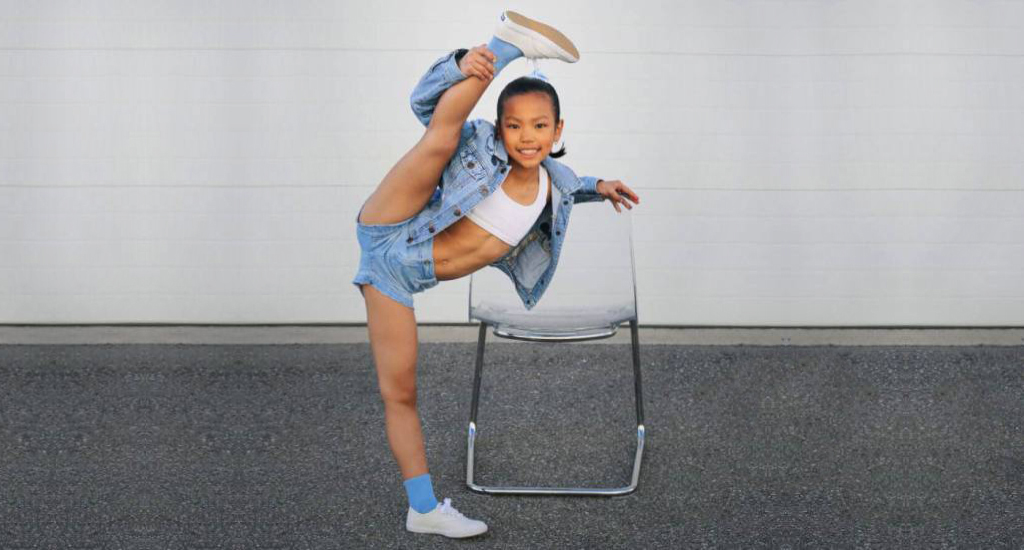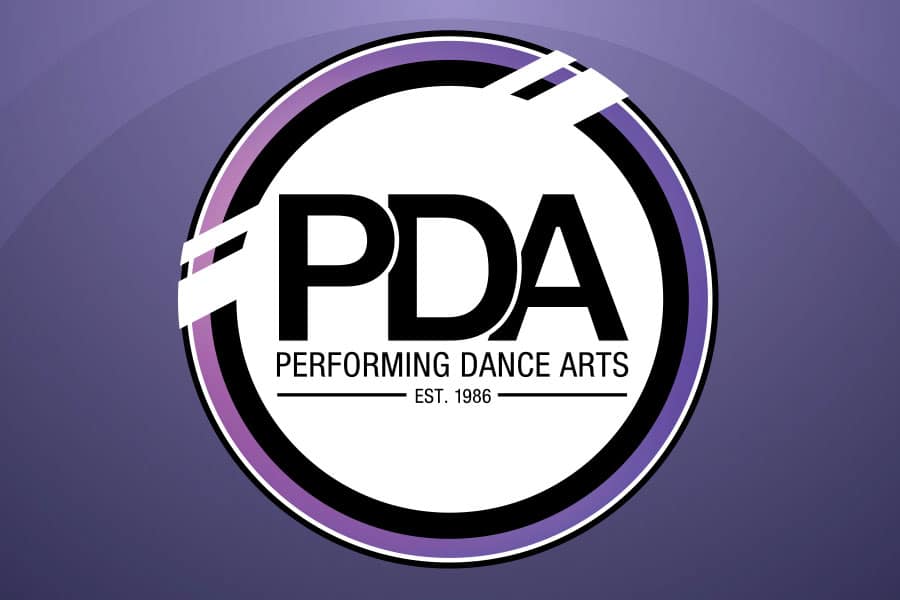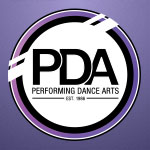We get it, times are tough and the economy is struggling. As a parent, you may be wondering how best to spend your hard-earned money and whether investing in dance classes for your kids is the best decision in this current economic climate.
The answer is a resounding yes!
Dance is more than a creative form of self-expression and a chance for kids to spend time with new friends. Dance classes are an investment into your child’s physical, mental, and social development.
A study released by the National Library of Medicine for the National Center for Biotechnology Information looked at the physiological and psychological benefits of dance classes. Results suggest dance provides numerous benefits for kids in all aspects of their life, including school, extracurricular activities, and community programs.
Also Read: The Physical & Mental Benefits of Dance
Physical and Mental Health Benefits of Dance Classes for Kids
Since dance is a physically demanding activity, it’s also an excellent way to teach children the importance of exercise and self-care. Dance helps with flexibility, stamina, physical strength, and range of motion, all of which benefit physical health. By enjoying physical movement, a dancer can improve their mental health by relieving anxiety, learning self-discipline, and facilitating cognitive development.
Social and Emotional Benefits of Dance Classes for Kids
Dance classes have long been associated with enhancing social competence and stimulating creativity. Dance is a team sport in terms of support, building trust, and learning how to cooperate for a common goal. The physical effects of endorphins and serotonin being released can boost a dancer’s mood, improve their confidence, and improve their overall happiness.
Investing in Your Child’s Future Through Dance Classes
Dance has been scientifically proven to be good for the body, mind, and soul. Investing in the development of your child with dance classes is a statement of the importance of hard work, perseverance, and support for their passion.
Need further proof? Consider the amazing talent of famous dancers that begun their careers with weekly dance lessons at a small dance studio in their neighbourhood. Whether success begins with ballet classes in North York or hip-hop dance studios in Toronto, everyone starts at the beginning.
- JoJo Siwa is a young dancer and singer who gained fame on the TV show “Dance Moms.” She started dancing at the age of five and has since gone on to release multiple hit songs, launch her own line of merchandise, and star in her own TV show.
- Sofia Wylie is a young actress, singer, and dancer who is best known for her role as Buffy on the Disney Channel series “Andi Mack.” She started dancing at the age of five and has since performed in numerous dance competitions and musicals.
- Mackenzie Ziegler is a young dancer and singer who gained fame on the TV show “Dance Moms.” She started dancing at the age of two and has since released multiple hit songs, performed on tour, and starred in the TV show “Total Eclipse.”
- Chloe Lukasiak is a young dancer and actress who gained fame on the TV show “Dance Moms.” She started dancing at the age of two and has since performed in numerous dance competitions and musicals. She has also acted in several TV shows and movies, including “Center Stage: On Pointe.”
Addressing the Cost of Dance Classes
The fees for dance classes, whether its jazz classes in Toronto, tap classes, hip-hop lessons, or ballet lessons, can range depending on the dance studio and the type of classes offered. Like any professional service, you get what you pay for. Dance classes are more than learning the basic steps, though, they are an avenue for life lessons and quite possibly an introduction to a newfound passion and career.
To calculate the investment of dance lessons, there are many factors to consider aside from the extensive training of the instructors and experience of the academy.
Fees associated with dance classes can vary based on the number of sessions, the genre of dance, and the size of the dance class. Dance classes also require proper attire, shoes, and select costumes for special events and recitals. For students participating in competitive dance, the costs associated increase due to accessories, hair and makeup, and travel costs.
Also Read: How Much Do Dance Classes Cost for Kids?
Talk to Our Experts at PDA about the Benefits of Dance
Performing Dance Arts offers a variety of dance classes, competitive and non-competitive, for young dancers from ages three and up. Our experienced and talented instructors live, breathe, and teach dance and understand the value of dance for one’s physical, emotional, social, and mental well-being.
We are more than happy to discuss the costs for the dance classes for your child. Our comprehensive financial plans can be designed to include class fees and part-time and full-time competitive dance fees.
Contact us today at (905) 856-1030 for Vaughan, (647) 640-5010 for Etobicoke, and (647) 262-1550 for Yorkdale.
